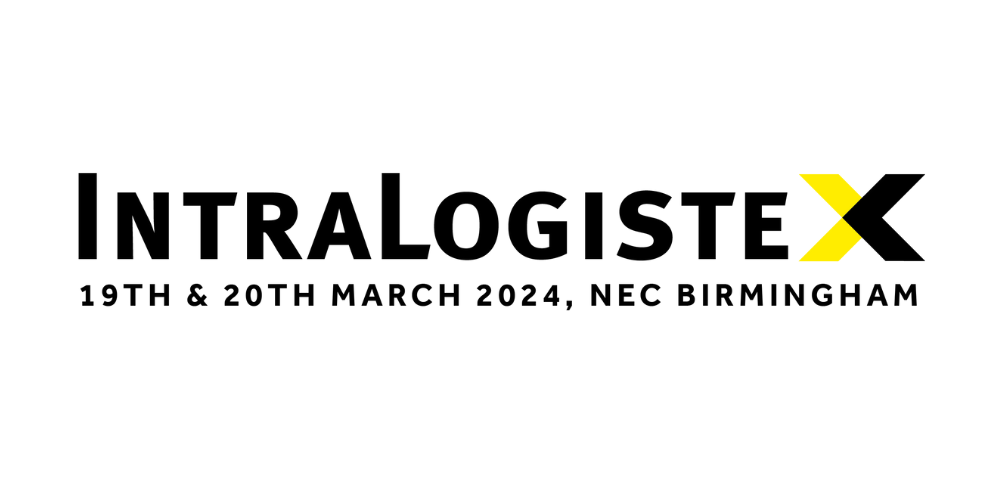In a hotel meeting room in Amsterdam the ProLogis European project management group are holding their quarterly meeting. The group currently has 14 members, representing seven different nationalities, and their skills range from architect, civil and mechanical engineers through to lawyer and builders. The conversation is multilingual and the recurring theme is ‘Think globally, act locally’.
The debate is intense and the room is noisy – this is a confident group and so it should be. Forty buildings a year – one every nine days – is testimony to an operation which extends from Spain to Czechoslovakia, the UK to Italy.
A lot has happened in the past five years since ProLogis started its pan-European adventure. By retaining core values and competencies which service them well in the US, it employed the best people available and set out on a strategy of organic growth. Acquisition opportunities allowed it to secure market share in the Netherlands, France and the UK and as expansion progressed across Europe a clear pattern emerged with a dedicated market officer supported by a local project manager in each region.
So what are the challenges in providing pan-European buildings?
Fire regulations in Europe have a massive impact on single-storey buildings through the absence of any common standards – fire chiefs across Europe adopt markedly different philosophies towards building control. As a consequence, one sees strict compartmenting, a preference for concrete frames, and many other restrictions. Added to these statutory requirements, but without being complementary, are the measures required by insurers who seek to minimise fire loss.
The result of all this is that markedly different buildings have evolved across Europe. In UK and Poland large open surfaces of unlimited size are common with reliance on performance based fire engineered solutions protecting steel framed buildings.
By contrast, in France, Spain and Italy concrete compartmental buildings with cell sizes as low as 5,000sq m are the norm.
Greg Blouin, head of ProLogis Southern Europe operations, comments: “Local requirements can impact on logistical efficiency but we are being listened to by the fire chief, and we do anticipate being able to offer our customers larger cell sizes.”
Other countries such as the Netherlands, Germany and Belgium can be equally prescriptive, but there is no consistency in fire regulation.
What is consistent, however, is that global users are becoming more expert in risk management. Insurers recognise buildings by only two categories – they are either ‘protected’ or ‘unprotected’. Protected means fully sprinklered to a recognised standard such as LPC or NFPA. The difference today in the cost of premiums between these two grades is approximately three to one. Currently the premium savings over just a two- to three-year period is sufficient to pay the cost of installing sprinklers.
Clearly a trend towards fire protected buildings is developing and as a developer and owner of an ever increasing portfolio of property, the major aim of ProLogis is to stay ahead of legislation and market lead pressures to be able to offer a product with a sustainable future.
This is a massive commitment, which is evidenced by the quality of ProLogis’ buildings and the loyalty shown by many customers who value good risk management and low premiums.
Dave Postins, who manages the ProLogis projects in the UK and Belgium, adds: “Our customer Exel recognises that his buildings will be different in Belgium but he knows the service will be the same.”
Another such customer is the Ahold Group. In 2002, ProLogis committed to providing 81,000sq m in Bedzin and a further 48,000sq m in Piotrkow as well as all the attendant infrastructure works. The customer had a very professional technical team and the result was a successful completion with operational start in just seven






